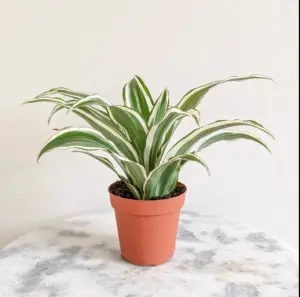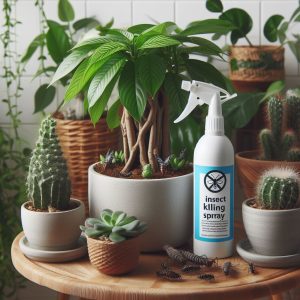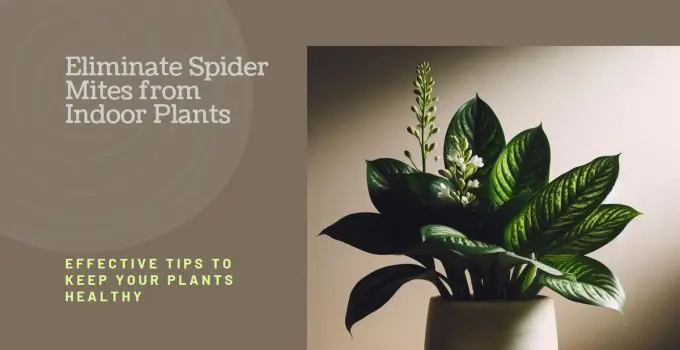Yaheetech 6.6×6.6 Pop Up Canopy Easy Set-up Tent, Portable Outdoor Canopy Instant Tent, Commercial Gazebo with Wheeled Carry Bag & 4 Sandbags for Home, Party & Outdoor Activities, White
$84.99 (as of July 9, 2025 22:02 GMT +00:00 - More infoProduct prices and availability are accurate as of the date/time indicated and are subject to change. Any price and availability information displayed on [relevant Amazon Site(s), as applicable] at the time of purchase will apply to the purchase of this product.)Bug Zapper 2 Pack, Solar Bug Zapper with 3 Solar Charging Panels, IP65 Waterproof Mosquito Zapper, 4200V Mosquito Zapper with LED Light, Outdoor Indoor AUTO ON/Off
$84.99 ($42.50 / Count) (as of July 9, 2025 21:54 GMT +00:00 - More infoProduct prices and availability are accurate as of the date/time indicated and are subject to change. Any price and availability information displayed on [relevant Amazon Site(s), as applicable] at the time of purchase will apply to the purchase of this product.)How to Get Rid of Spider Mites on Indoor Plants
Opening your indoor plant sanctuary only to discover tiny bugs crawling on your prized potted plants can be incredibly alarming. Upon closer inspection, you may identify the invading pests as nearly microscopic spider mites, barely visible to the naked eye. Don’t let their small size fool you – an infestation can seriously damage your indoor garden if left untreated.
When dealing with any indoor plant pest, it’s essential to identify them correctly in order to choose the best control methods. Spider mites have distinguishing characteristics and behaviors that can help verify the irritating insects damaging your plants. Once positively identified, you can take strategic action to banish spider mites for good.
This comprehensive guide will cover how to definitively identify spider mites, understand the risks they pose, and equip you with the most effective remedies to eliminate a spider mite infestation on your indoor plants. Arm yourself with knowledge to evict these unwanted invaders and protect your precious indoor plant oasis.
How to Identify Spider Mites on Plants
Spider mites can be masters of disguise due to their tiny size, often less than 1 mm in length. But with keen observation, you can spot the defining features of a spider mite invasion:
- Webbing on Leaves – One of the clearest giveaways will be fine webbing on the undersides of leaves, where mites spin protective silk strands.
- Speckling or Stippling – Look for light dotted discoloration on the surface of leaves, caused by mites sucking out plant fluids.
- Small Bugs Moving on Leaves – You may see nearly microscopic sized bugs crawling around leaves. They often appear greenish-yellow to reddish-orange.
- Drooping or Wilting – An infested plant may show signs of drooping leaves or stunted growth as the mites damage it.
- White Shed Skins – You may find empty discarded skins, left behind as spider mites molt.
With close inspection, these signs will allow you to determine if spider mites are present. It’s important to distinguish them from other plant bugs that could infest indoor plants, like aphids, thrips, or mealybugs. Spider mites have a distinguishing oval-shaped body and 8 legs.
If able to closely identify them, proceed to the next steps for treating the infestation. Wiping leaves with a damp paper towel can help spot mites under magnification. Seek confirmation of the pest’s identity if unsure.
Dangers Spider Mites Pose to Indoor Plants
Don’t let the barely visible size of spider mites fool you into thinking they aren’t a concerning threat. An infestation can seriously impact your indoor plants. Here are some key dangers spider mites present:
- Damage Leaves – The mites use needle-like mouthparts to pierce plant cells and suck out fluids. This damages leaves.
- Cause Leaf Loss – Heavy infestations can kill leaves, leaving plants looking dried out and barren.
- Stunt Growth – The loss of nutrients and fluids disrupts plant growth, leading to reduced vigor.
- Weaken Plants – Spider mites drain resources required for photosynthesis, leaving plants frail.
- Spread Rapidly – Spider mite populations can explode quickly as each female lays up to 20 eggs per day.
- Kill Plants – If left uncontrolled, mites may kill a seriously infested plant.
No plant owner wants to see their prized potted plants become riddled with spider mites. Taking quick action at the first signs of infestation will help protect your plants.
How to Get Rid of Spider Mites on Indoor Plants


Once you’ve confirmed spider mites on your indoor plants, you can progress to implementing solutions. A combination of methods is best to kick spider mites out of your plant sanctuary for good:
1. Isolate Infested Plants
As soon as you spot an infestation, quarantine the plant away from your other indoor plants. This helps prevent spider mites from migrating and infesting more of your collection.
2. Prune Heavily Infested Areas
Prune off leaves or stems that are heavily populated with spider mites. This immediately removes a portion of the pest population. Discard the clippings in sealed bags.
3. Apply Insecticidal Soap
Insecticidal soaps provide an effective chemical treatment that’s safe for indoor use. Spray plants, targeting the undersides of leaves. Repeat every 5-7 days.
4. Release Predatory Insects
Predatory mites or ladybugs offer natural spider mite control. They prey on spider mites without chemicals. Obtain them from garden stores or online.
5. Spot Treat With Neem Oil
For isolated infestations, use a cotton swab dipped in neem oil to spot treat heavily infested areas. Don’t overapply, as it risks harming plants.
6. Clean Plants With Water
Blast plants with a strong stream of water to physically remove mites and webbing. Be sure to check underside of leaves.
7. Apply Horticultural Oils
Apply horticultural oils by spraying plants to smother spider mites, disrupting their cellular activity.
8. Wipe Leaves With Soapy Water
Use a damp cloth with a few drops of dish soap to manually wipe leaves. The soap helps destroy protective webbing and pests.
9. Use Row Covers
Protect plants by covering with fine mesh fabric row covers to create a barrier against mites.
10. Disinfect Decor & Nearby Surfaces
Spider mites can linger on decor and surfaces near plants. Disinfect these areas prevent reinfesting.
Combating an infestation requires diligence with repeated applications and monitoring. But taking advantage of chemical and natural options can effectively free your plants within 2-4 weeks.
Homemade Spider Mite Sprays

For a more natural solution, try homemade DIY sprays using gentle ingredients you may already have around the home:
Dish Soap Spray
- 2 tsp mild dish soap
- 1 quart water
Isopropyl Alcohol Spray
- 1 tsp isopropyl alcohol
- 1 cup water
Rosemary Oil Spray
- 1 tsp rosemary essential oil
- 1 cup water
Garlic Oil Spray
- 2 cloves garlic, crushed
- 2 cups water
- 2 tsp mild dish soap
Mix ingredients, then strain garlic chunks if needed. Spray plants thoroughly, especially under leaves. Reapply every 5-7 days until mites are gone. The oils and soap solutions disrupt the pests and provide control.
Preventing Future Spider Mite Infestations
Winning the battle against a spider mite infestation brings great relief. But you’ll want to take preventative steps to avoid recurring invasions of the pests:
- Carefully Check New Plants – Inspect new plant additions closely for signs of mites before introducing. Quarantine if concerned.
- Space Plants Out – Allow adequate airflow between plants to prevent pests jumping between victims.
- Avoid Stressors – Keep plants healthy and avoid drought, overwatering, or other stress so they better resist pests.
- Clean Up Debris – Remove fallen leaves and plant debris where mites may lurk.
- Use Row Covers – Protect plants with fabric row covers as prophylactic barrier.
- Apply Horticultural Oils – Coat plants with horticultural oils, which can suffocate potential mites.
- Monitor Regularly – Periodically check plants closely for early signs of mites before they spread.
With preventative diligence, you can help ensure destructive spider mites don’t invade your indoor plant sanctuary again.
Frequently Asked Questions about Spider Mites on Indoor Plants
How do spider mites get on indoor plants?
Spider mites are easily transported on clothing, wind currents, infected plants, and gardening tools. They thrive in hot, dry conditions indoors.
What attracts spider mites to plants?
Spider mites seek out stressed plants with damaged foliage. Lack of vigor from drought, poor nutrition, or crowded conditions attract them.
Do spider mites go away on their own?
Unfortunately spider mites won’t disappear unaided. Their rapid reproduction allows populations to explode quickly. Taking action is required to control infestations.
How do you know if spider mites are gone?
Consistent treatment and monitoring plants closely for several weeks helps ensure mites are eliminated. Absence of damage, webbing, and visible mites are signs they’re gone.
Can neem oil get rid of spider mites?
Yes, neem oil disrupts spider mites’ feeding and serves as an effective natural treatment. It’s best for isolated infestations, not severe cases.
The Bottom Line on Spider Mites and Indoor Plants
Spider mite invasions can certainly be disheartening for indoor plant parents. But through knowledge of their signs, risks, and control methods, you can protect Them.



























